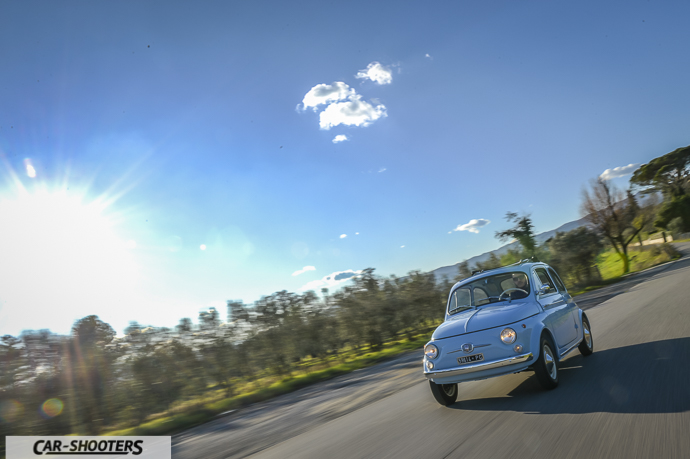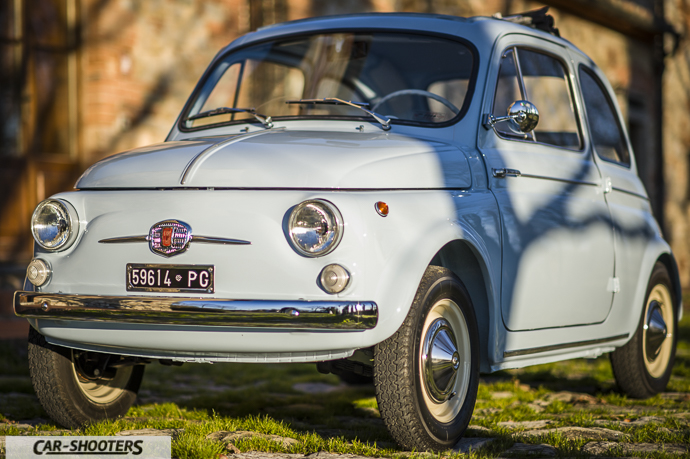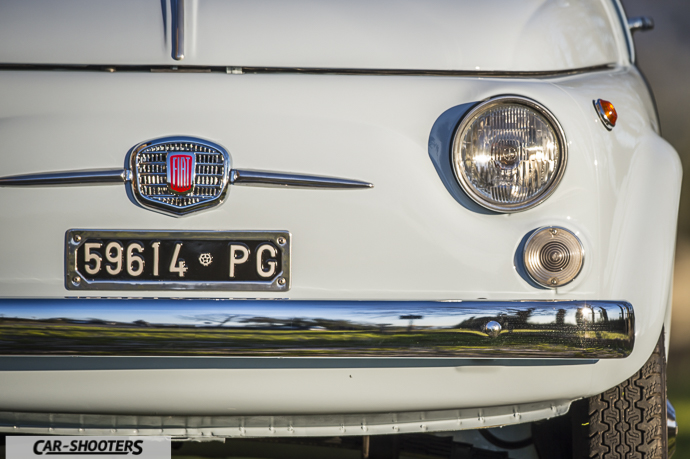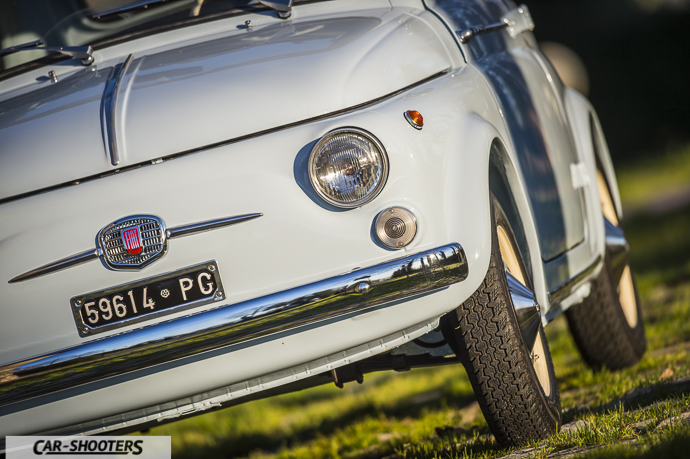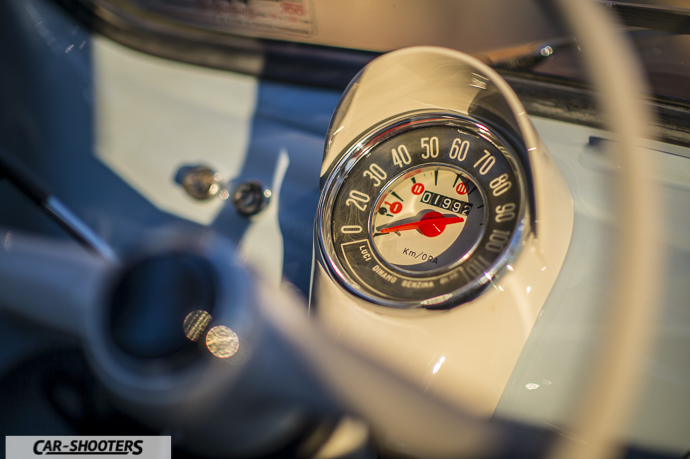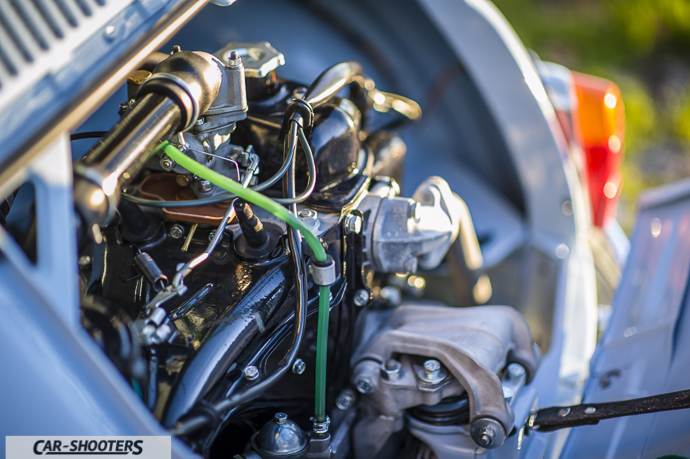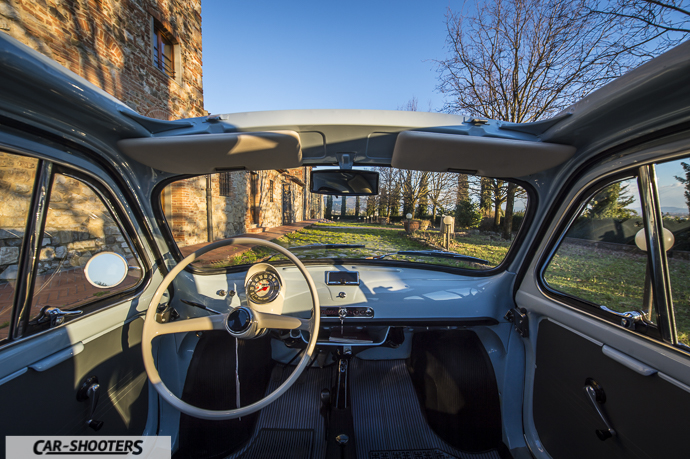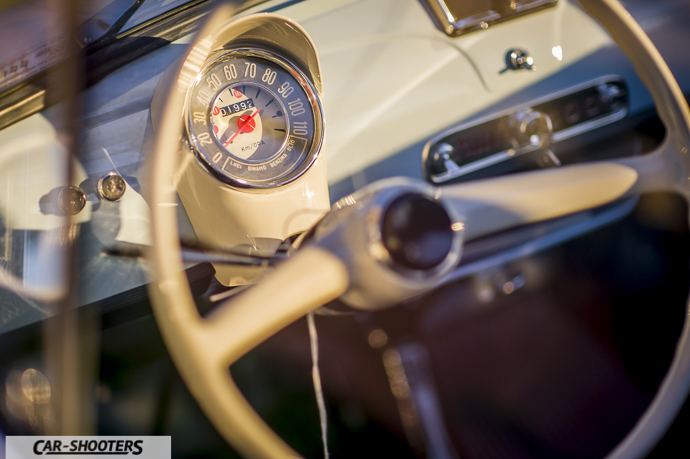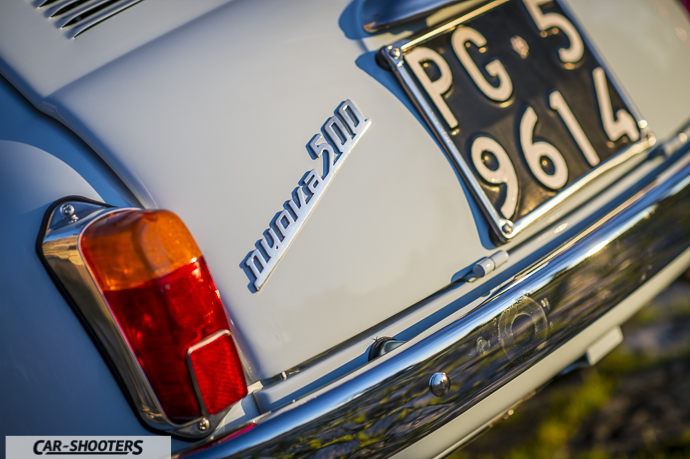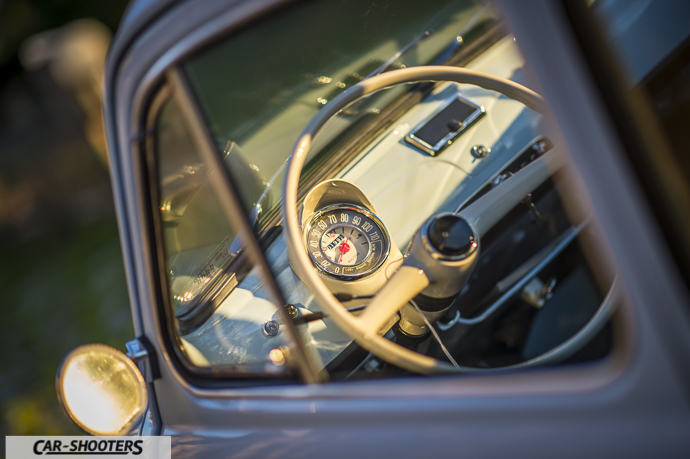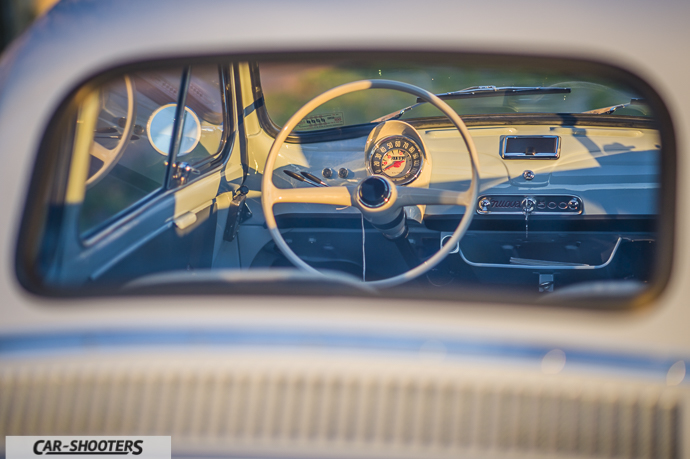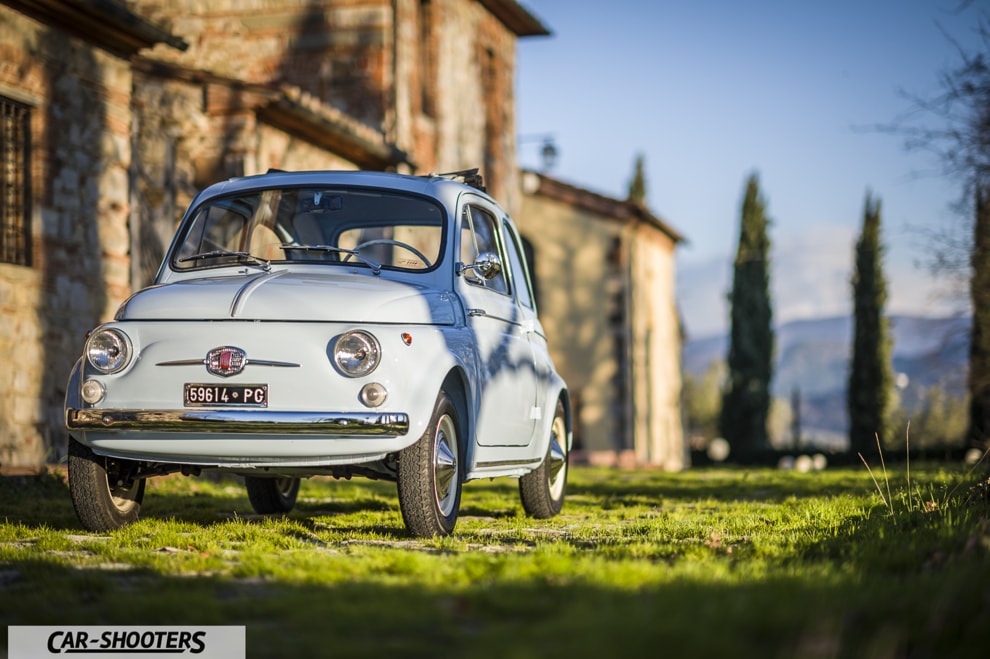In Italy it is quite common to find an old Fiat Cinquecento so we decided to offer you something more special. In this article is in fact we present the Nuova Fiat 500 D made in 1963. What makes this little car so special? Its restoration! It’s pure perfection.
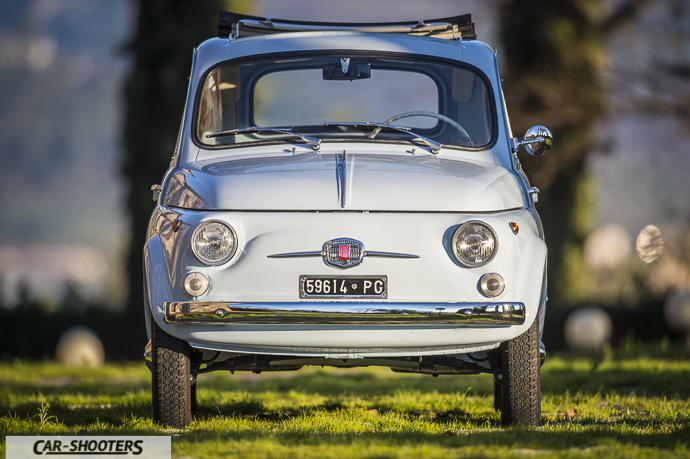
Today we meet again our friend Damiano, you will remember him for his fantastic Alfa Romeo Giulia GT Junior 1300. Damiano today surprises us with an historical model which seems and smells newer than my Peugeot RCZ despite being 50 years old. His Fiat 500 D, after two years of renovation, looks perfect, the attention to every detail is at the highest level. The repainted body has received further treatment and now is more glossy and resistant to pollutants and dirt.
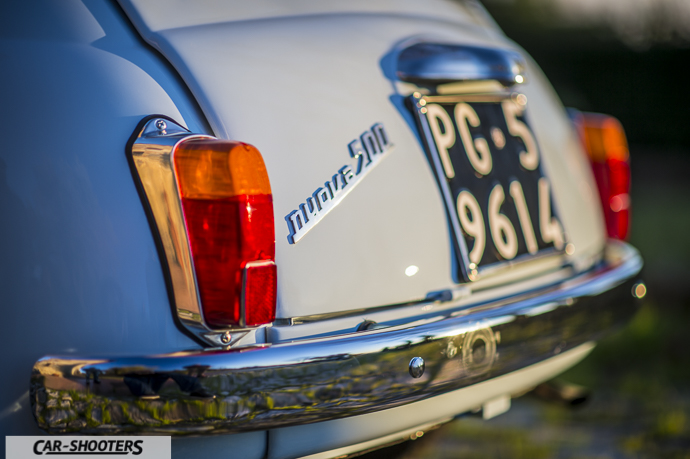
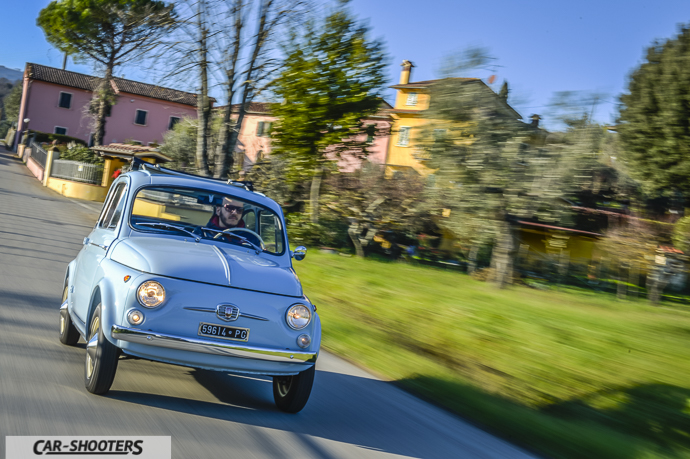
The interiors, totally restored respecting the history of the car in every detail, the remanufactured engine ready to grind many kilometers, everything has been cared. You can even find the stickers that remind of speed limits to be observed during the breaking in and the small card under the steering wheel that recommends what oil to use and when to change it. For the first time in a car with more than 50 years I’m able to sniff that smell that you can find in a brand new one. Unbelievable.
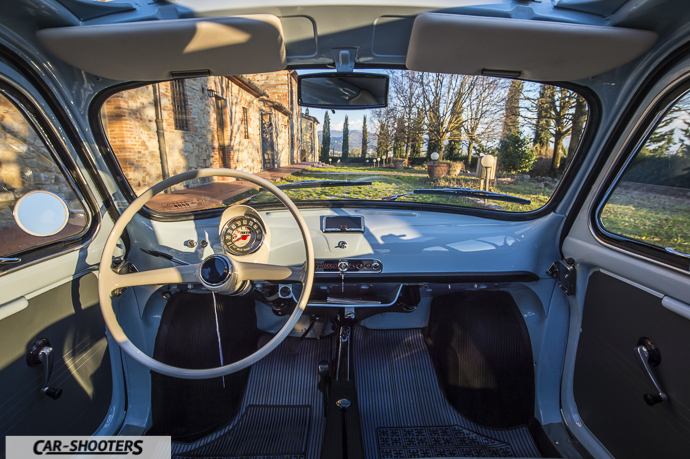
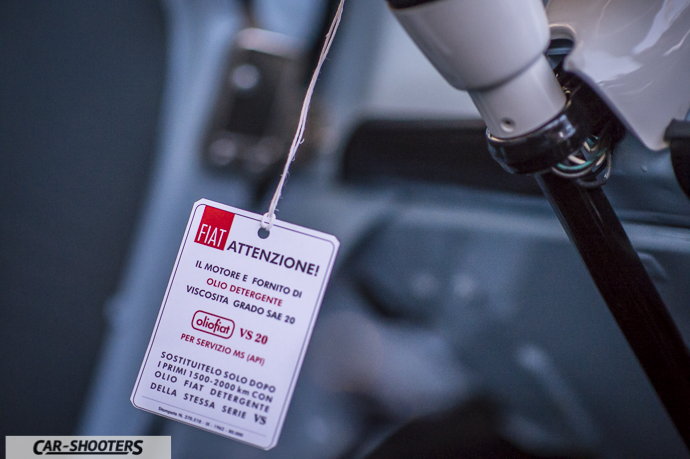
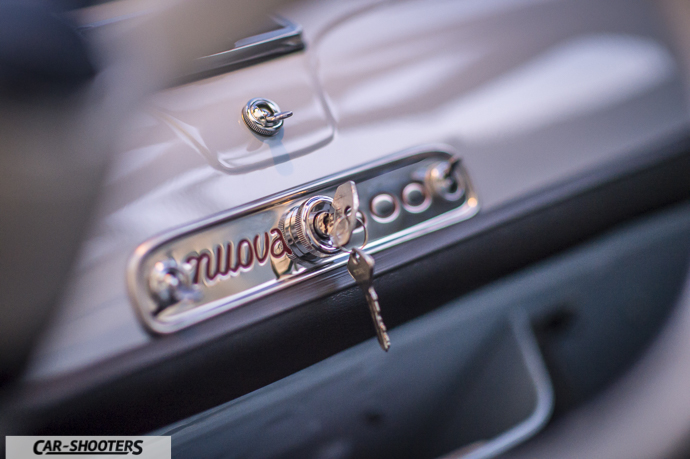
This little car is also special because is a Fiat 500, a car that made history in Italy. In the 50s the “Cinquino” was the solution to Fiat’s problem to create a car with a super cheap price and very low running costs to suit the needs of working families. Why “Nuova (Italian for new) 500”? The “Nuova” term has been added to differentiate this model from the 500 Topolino. The first model, presented in 1957, named “Nuova 500 N”, had a totally cheap equipping and cost an amount equal to 13 salaries of a worker of the time.
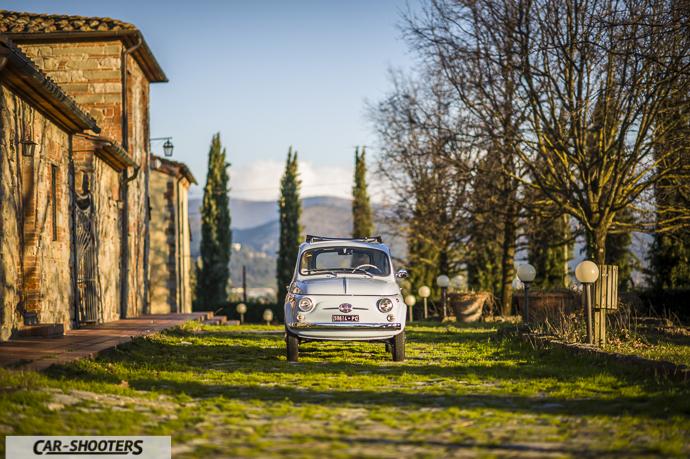
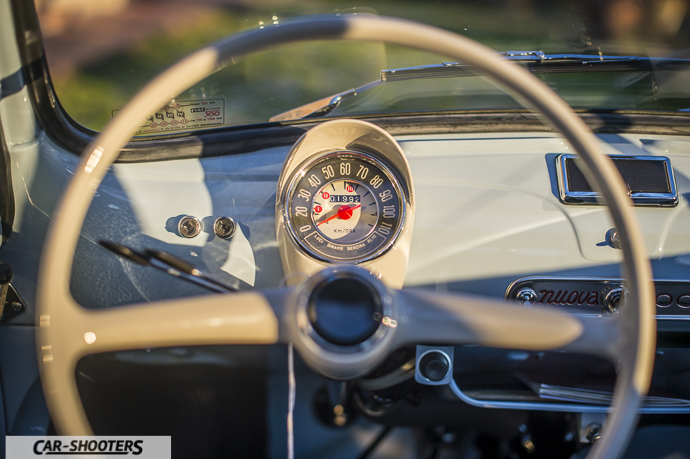
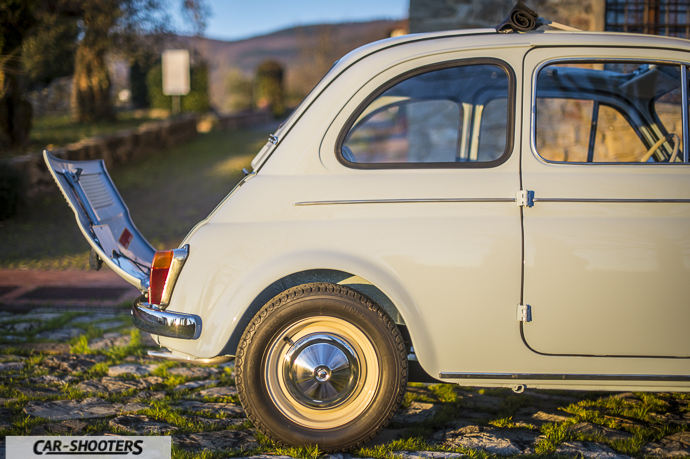
After the presentation of the first model in the following years appeared a more equipped version, the “Sport” version and the “Giardiniera” made for those who needed more space. In 1960 the “Nuova 500 D” has been presented. This version has been sold in sedan and “Giardiniera” version and was equipped with the engine of the previous “Sport” version (499cc 17,5cv). The new model presented lots of new accessories, improved comfort for driver and front and rear passenger; make their appearance new indicators and courtesy light, a better management of space by repositioning the fuel tank, hand pump washer and wipers with automatic return.
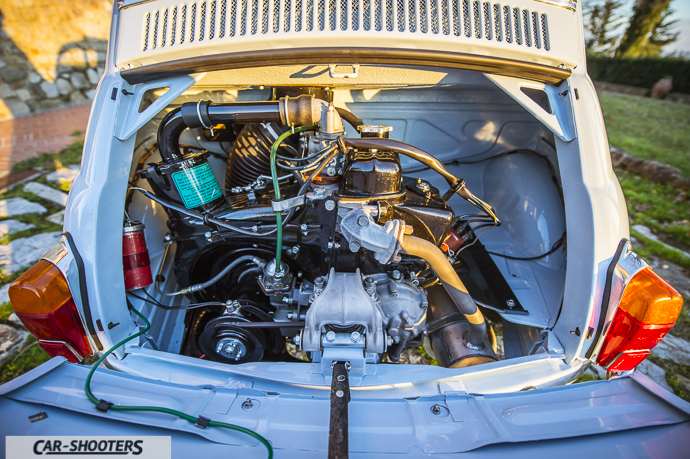
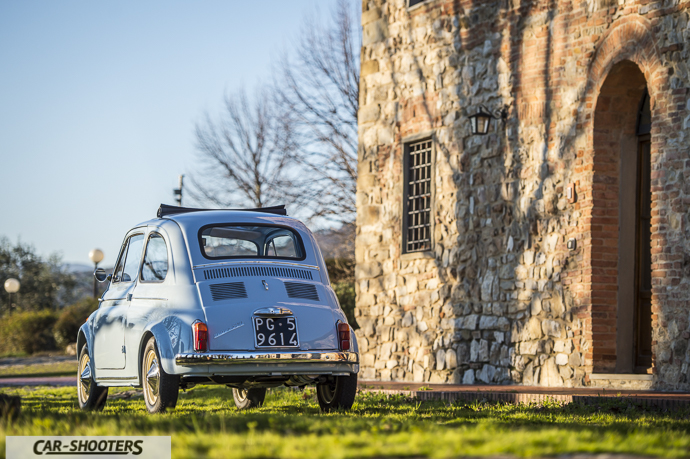
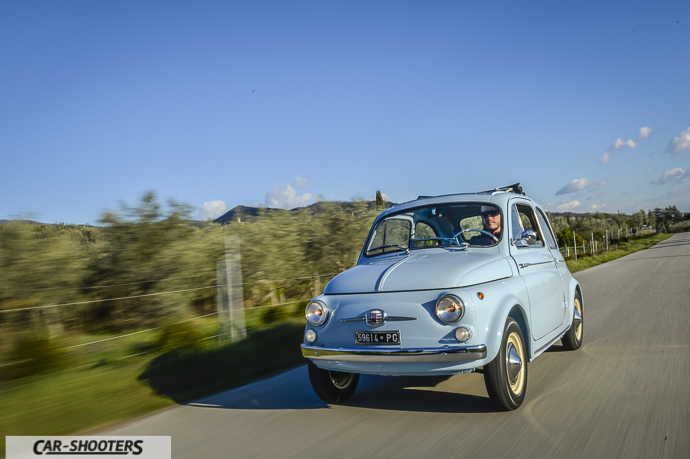
Optional were the wheels with white outline and the car radio. In the following years new versions were introduced, the F in 1965 (the first with the inversion of the opening of the doors, more similar to those of our times), the L in 1968 (more refined and luxurious) and finally the return to a cheap version with the R in 1972. The 500 marked a turning point in the way the Italians have thought the car. In the early 60 Italy, after the war, saw the rebirth with the so-called “Boom” and the economic problems of individual mobility was becoming more prominent.
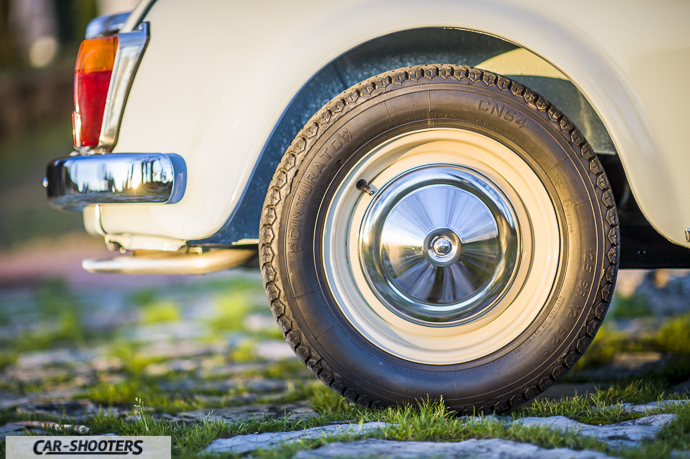
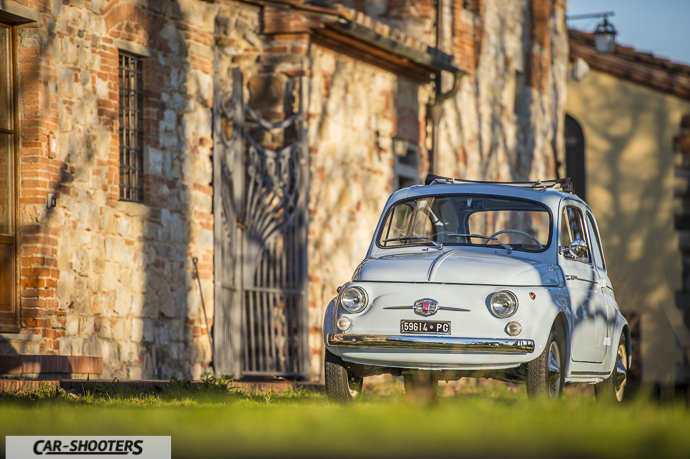
The Vespa and the Lambretta were a success but not satisfy the real need for a car. Fiat at that time showed the 600 (which replaced the Topolino) but it was evident that it, because of the high cost, was not going to cover the workers’ families segment. A “minimal but still a car” solution was needed. And here’s the 500. For all these reasons Damiano loves his little car.
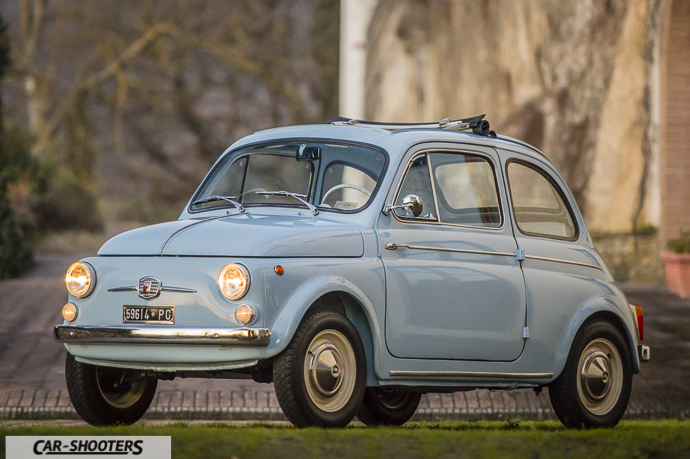
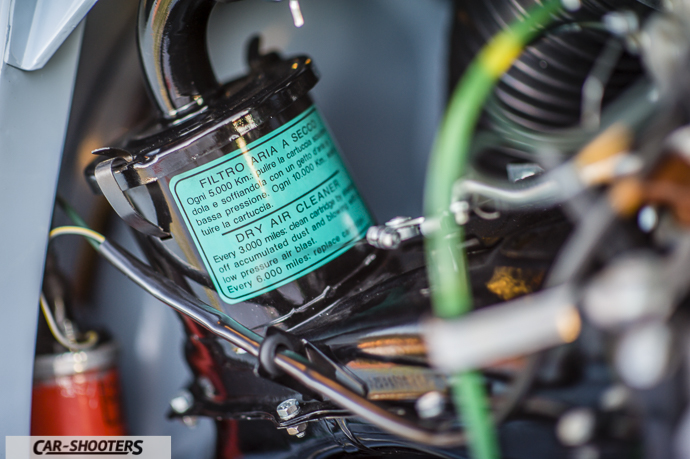
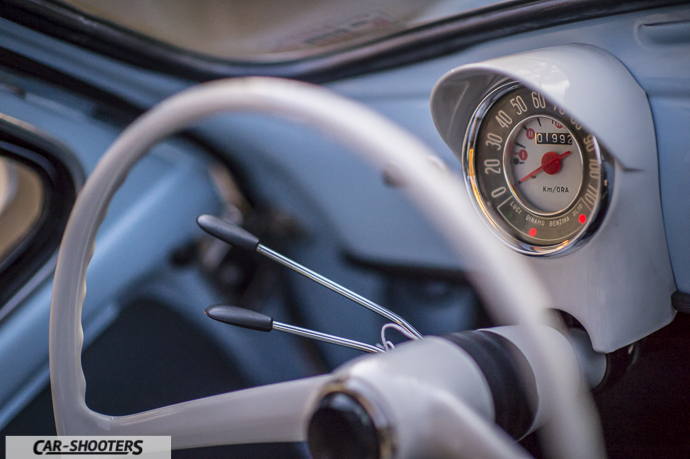
It seems incredible now to observe that tiny car and imagine how the families were using it to move for the summer holidays, with luggage and everything they needed. The 500 is more than a car and we are not surprised that Fiat has decided to bring new life to that name with a modern version as we have seen in our 500 Abarth article. The charm of this great little car is truly timeless.
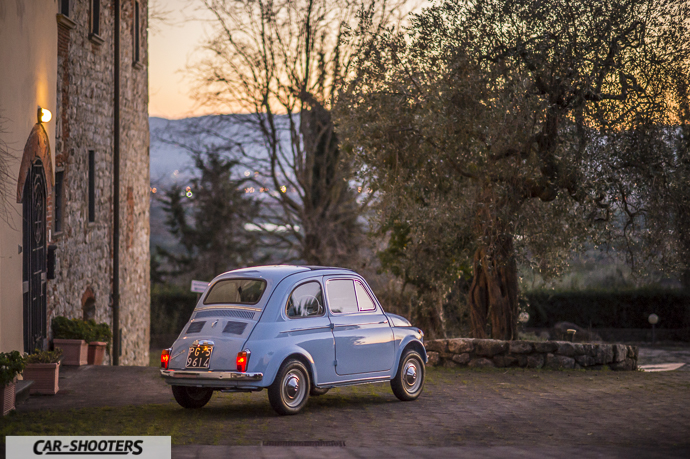
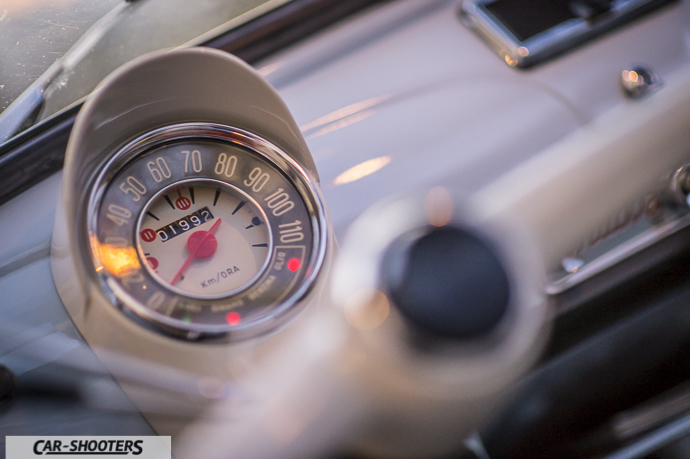
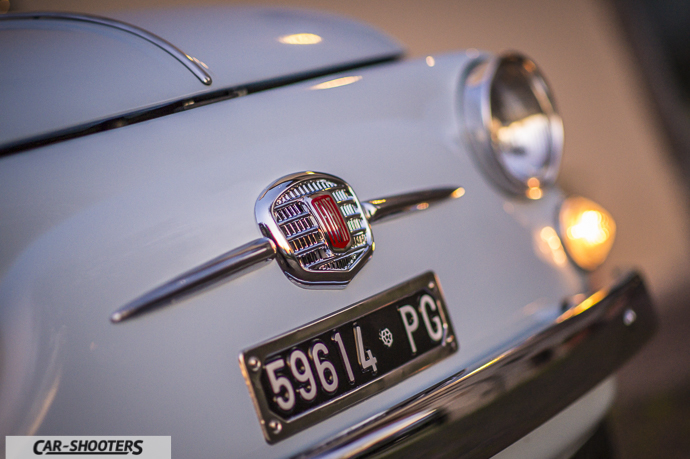
By: Edoardo Mascalchi
Photos: Edoardo Mascalchi, Francesco Giovannini
Video: Marco Pagani
Bonus Images:
